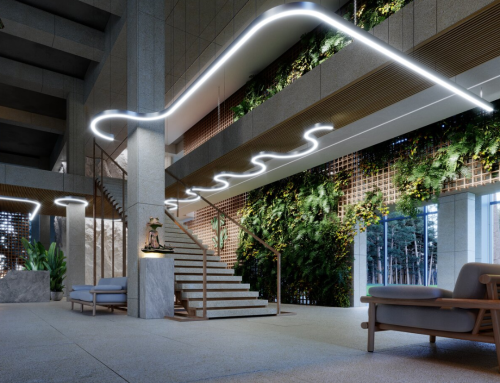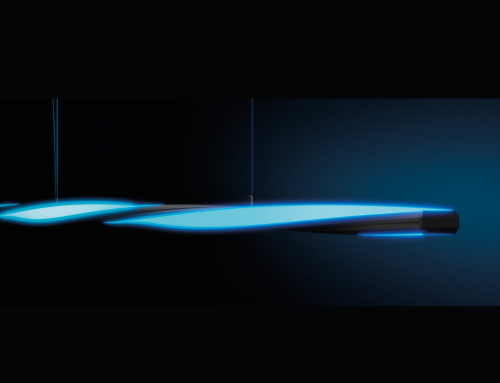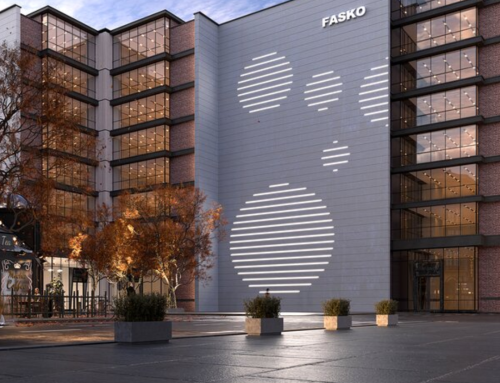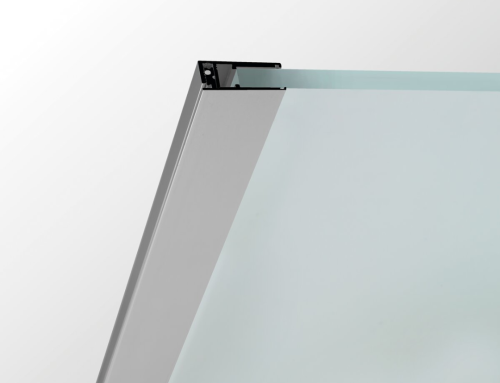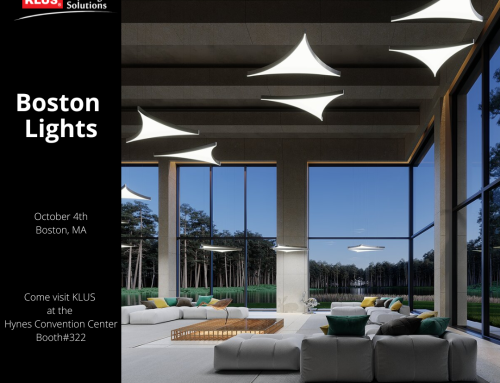 It is amazing how many worthwhile applications are used in way of LED lighting. The process of placing LED lights within a number of areas: commercial, and residential as well as outside and inside is achieved by mounting LED strip lights to extrusions or what are known by some as LED profiles. Nowadays, LED lights have vastly improved in way of performance and luminescence. Some design experts now prefer LED lighting over any other conventional lighting source.
It is amazing how many worthwhile applications are used in way of LED lighting. The process of placing LED lights within a number of areas: commercial, and residential as well as outside and inside is achieved by mounting LED strip lights to extrusions or what are known by some as LED profiles. Nowadays, LED lights have vastly improved in way of performance and luminescence. Some design experts now prefer LED lighting over any other conventional lighting source.
The longevity associated with LED lights
LED (light emitting diode) generally lasts between fifty thousand and one-hundred thousand hours. An average LED light which operates twenty-four hours per day then has an approximate life of five+ years. An LED light which is operational just eight hours per day lasts seventeen+ years. The LED’s actual life is relative to its lumen depreciation. The Illuminating Engineering Society has stated that once an LED is at thirty-percent of its depreciation, its life has officially ended. However, this is not to say that at thirty percent depreciation the LED becomes immediately out-of-service. It is right to say though that an LED life with a specific one-hundred thousand hour span of life may still be used effectively for seventy-thousand hours more,however, the LED light will not possess as much luminosity as was the case prior to its hitting the thirty percent mark.
Primary advantages of LED lighting – let us talk energy efficiency and cost.
Many consumers wonder how much they can save cost-wise using LED lighting. The circuit of an LED light is capable of achieving amazing efficiency. From a cost-standpoint, that efficiency translates into the LED light being much less expensive to use than the traditional light source.
Unique features of the LED light over incandescent bulbs
Using LED lights in subtle ways on priceless objects such as antiquated manuscripts and artistic works of art will not cause such items to suffer degradation. Some report that their LED’s do not attract insects like incandescent bulbs. Also the LED will not flicker or shine unsteadily.
LED lighting is better for the environment than traditional lighting systems.
LED lighting is light years (no pun) ahead of the more conventional forms of lighting systems as it applies to a green-style product. LED lighting is absent of any bad chemicals such as toxic mercury which is found in fluorescent bulbs. And comparatively speaking, the LED does not rely on combustible gases or filaments, which are associated with the incandescent bulb. The LED is also composed of materials which are recyclable.
LED lighting solutions provide divergent lighting solutions, are green-friendly and are less costly to operate than traditional forms of lighting. LED lights are used within many residential locations and commercial properties. Some of the areas where LED lights are used include stairs, stair-railings, inside bus shelters, within parking garages, on objets d’art at museums; underneath kitchen cupboards – the list is endless. The LED ribbon or tape lights can be mounted onto various styles of extrusions as alluded to at the beginning of the article. This feature makes it possible to place the lights inside and outside as well as (again) within endless commercial and residential applications, either subtle or in areas where luminosity is more in demand.

